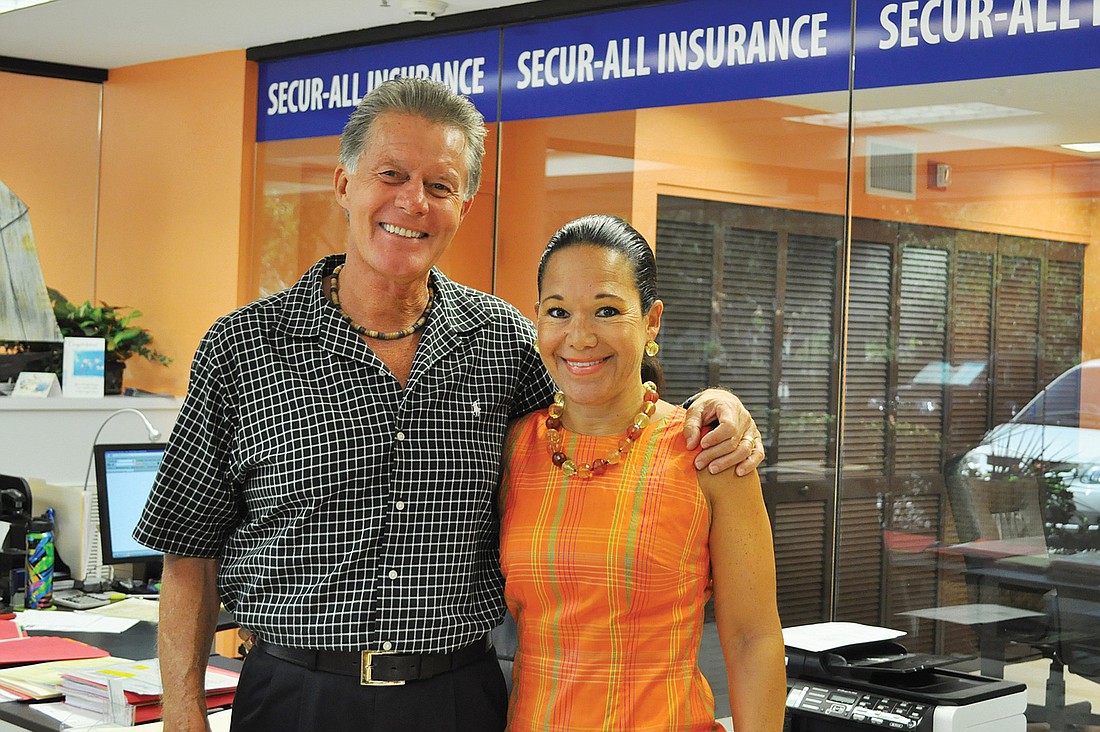- April 24, 2024
-
-
Loading

Loading

We began our takeoff roll on runway 31 at New York’s John F. Kennedy International Airport, headed to Los Angeles, seven minutes after the first American jetliner had slammed into the World Trade Center. It was a beautiful day, you could hardly tell when we left the ground and were airborne — my favorite place to be.
My first officer told me that there was something burning in Manhattan. We took the 90-degree left turn to avoid the big city, completed the after-takeoff check-off list and were on our way, the smoke in Manhattan forgotten.
We soon knew things were not normal that day. Jumbo jets typically climb to their cruising altitudes as quickly as possible because of the large amount of fuel used at lower altitudes.
On this day, we were told to level off at lower altitudes, were re-cleared to climb and asked to level off again.
What I heard next told my gut that my 300 passengers and crew were in harm’s way. Air Traffic Control told us an aircraft was headed toward us that they were not in contact with, and that we had clearance to deviate as necessary to avoid it. In 33 years as an airline pilot, I had never received a clearance like this.
We strained to see this mystery aircraft. It was traveling at a rate of speed I had never seen for an airliner. I wanted to turn 90 degrees left to avoid it but could not take a chance of losing sight and some kind of control over this horrible situation.
My flight officer picked up the microphone as the plane, at a speed of a 45-caliber bullet, went by us.
“It was a United 157,” he said.
It was the second plane to hit the World Trade Center a few minutes later.
Three minutes later, ATC said to everyone on the frequency:
“The United States and New York City have had a terrorist attack. We do not know how many terrorists are out there.”
It was total quiet on the frequency for maybe a minute. I was the first captain to pick up the microphone, declare an emergency, request a clearance direct to the closest airport that could accommodate an emergency landing. I called the lead flight attendant — also a 33-year TWA veteran — into the cockpit and told her what little I knew. I asked her to get passengers and the cabin ready to land in eight minutes.
“Don’t stow the serving carts,” I told her. “Stack them against the cockpit door.”
She didn’t say a word but stood tall and straight. She turned, left the flight deck and did exactly what was needed. The cabin was ready for landing in seven minutes. As we touched down, the flight axe was in my lap.
There was a New York news crew on the plane. I made a brief announcement to passengers about what had happened. As they saw the carts stacked against the door, their cell phones began to come out.
Later, as we walked out of the airport, reporters with cameras came running at us. They asked why I put the carts against the cockpit door. Was it in the manual? As pilots, we are not supposed to talk to reporters. But I stopped and told them, “What happened today is not in any airline manual anywhere in the world. I knew I was the one to get these people to a safe place. I did the very best I could.”
Later, on the 6 p.m. news, there was my face with Ann Curry.
I finished my airline career four years later and retired. Just like everyone reading this, my life changed that day, and it still makes me angry. Hurts, if you tell the truth. We all have our 9/11 story. This was mine.
Read more Longboat 9/11 coverage here.